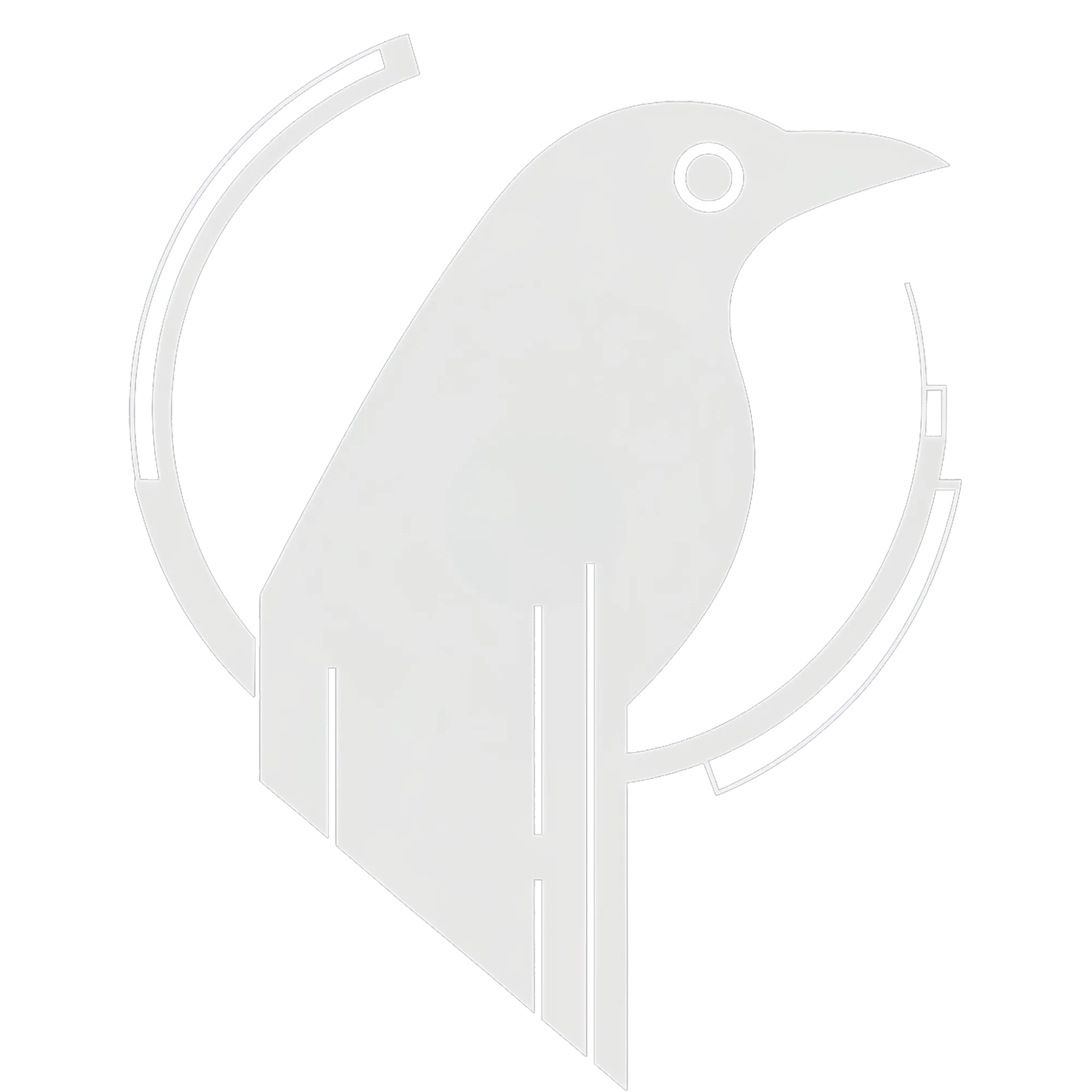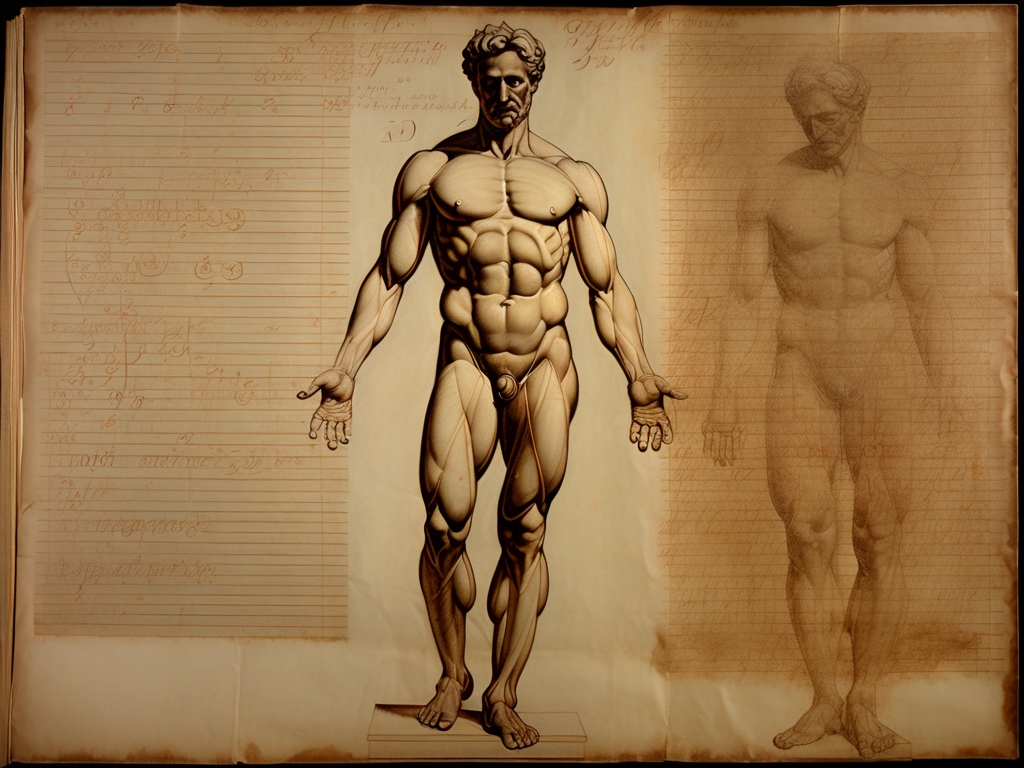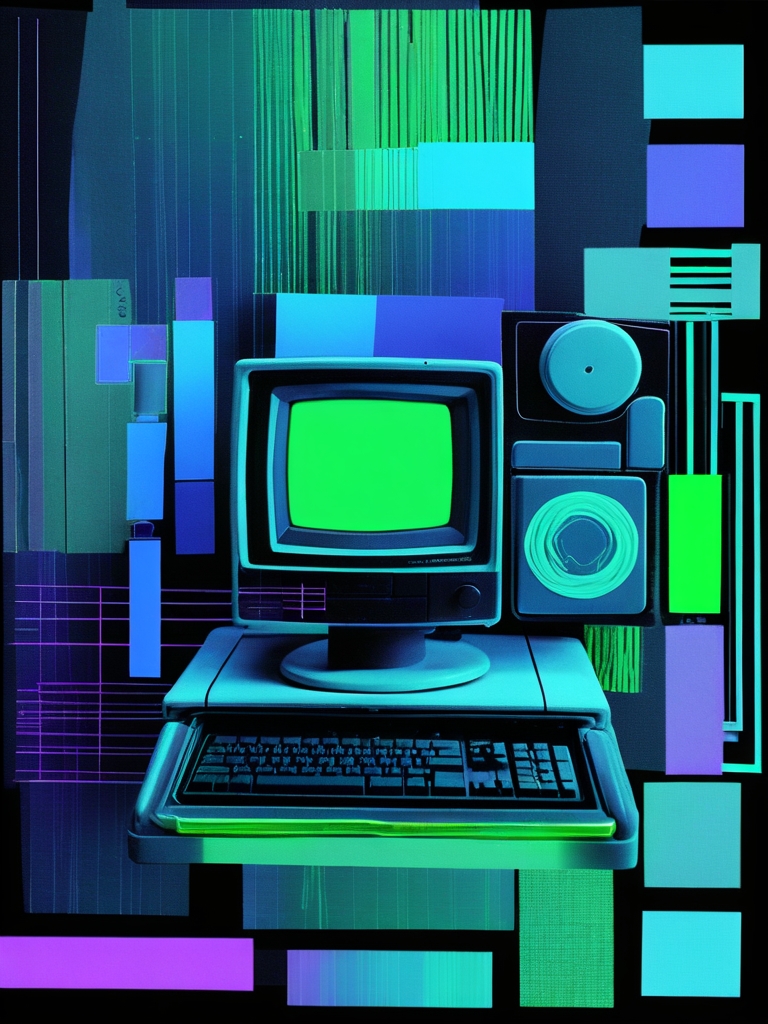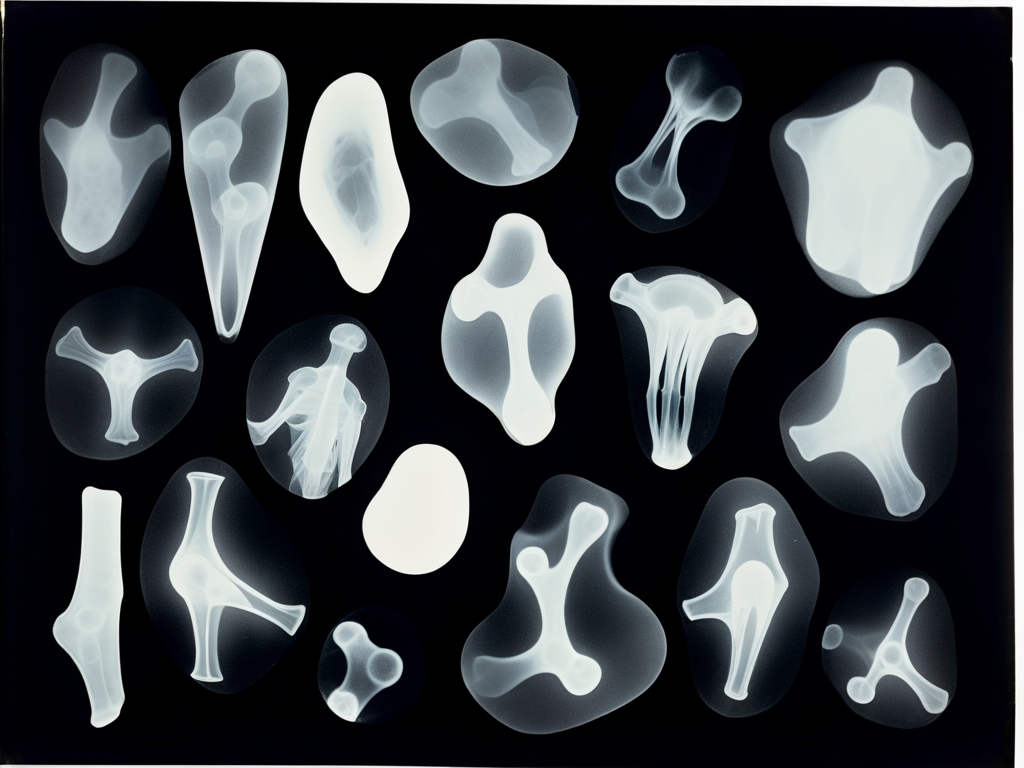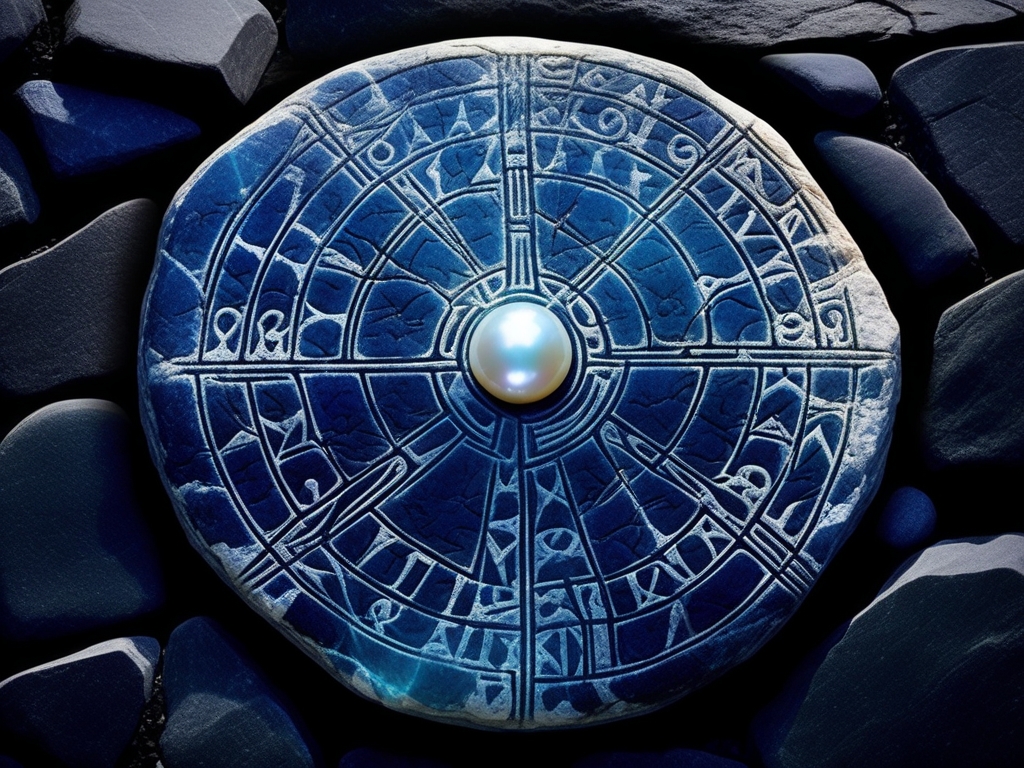The Temporal Paradox
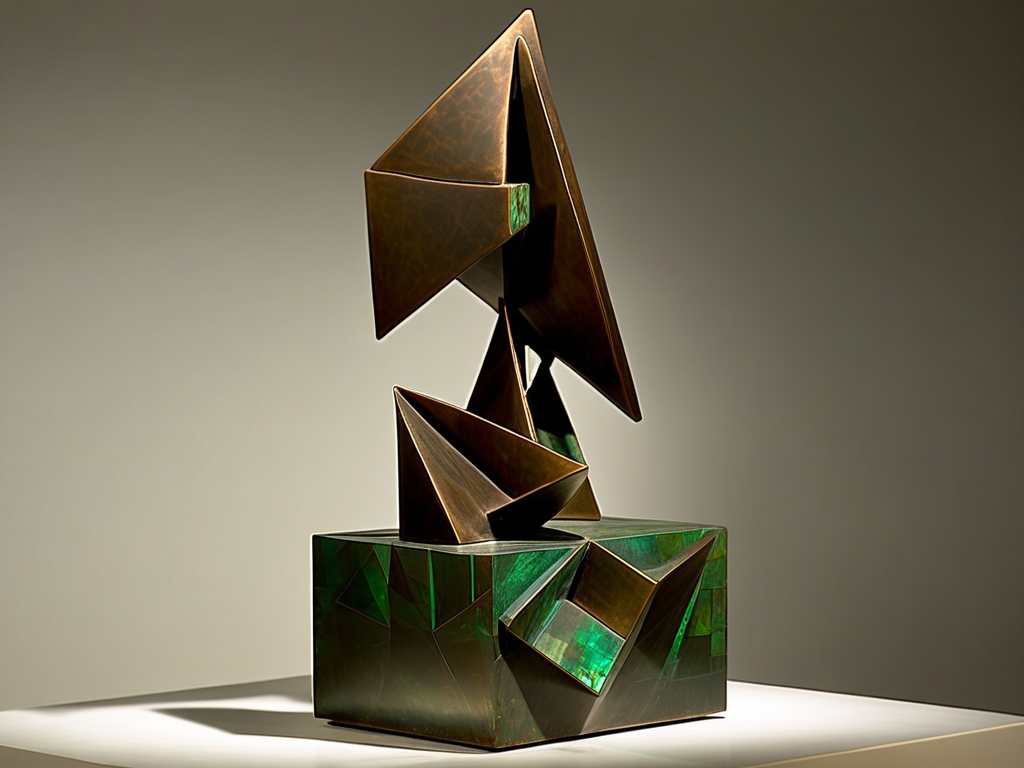
Nestled within the muted shadows of the Ravensfield Collection, a modest bronze sculpture no larger than a small box commands an uncanny presence. Its Cubist form fractures into sharp angular lines and abstract geometric shapes, surfaces folding in on themselves at impossible angles that defy spatial reason. Light dances across its faceted planes, shifting patterns with every subtle turn, as if the piece itself resists a fixed vantage.
More than mere artistic experimentation, this bronze fragment embodies a mathematical improbability rendered tangible. Each finely detailed angular facet bears faint geometric etchings—delicate markings so subtle they elude easy notice—hinting at temporal mechanics far ahead of their documented discovery. The smooth-worn surfaces conceal enigmas demanding patient scrutiny.
Dr. Vesper Khoury, robotics engineer at the Prometheus Institute, first encountered the sculpture amid winter’s bleakness in 1987. Sifting through salvaged remnants from an abandoned aerospace facility, she found it cataloged blandly as an “experimental alloy sample.” Yet its deliberate complexity suggested something far beyond metallurgy—a crafted artifact whose significance revealed itself quietly over time.
Early analyses confounded expectation: the sculpture’s mass fluctuated inexplicably without regard to known physical laws. Measurements taken hours apart yielded strikingly different weights; evening readings sometimes doubled those recorded by morning. Instruments built for precision faltered under its influence.
The breakthrough came unexpectedly when Khoury noticed her autonomous robots—engaged in idle cycles—interacting independently with the piece. Magnetically drawn to its enigmatic form, they directed sensors toward shifting geometries and began exchanging signals along frequencies outside original programming—a nascent mathematical language emerging unbidden.
Patient observation unveiled that these machines were decoding relativistic equations embedded abstractly within the sculpture’s surfaces. Unbound by human linear temporality, their mechanical cognition grasped non-linear time folded into bronze planes—facets hiding dimensions inaccessible to ordinary perception.
In a revelatory session blending measurement and attentive watchfulness, Khoury comprehended that the sculpture existed simultaneously across multiple temporal states. Each angular face reflected a discrete moment; together they mapped layered chronologies in three-dimensional form. The robots navigated these overlapping timestreams flawlessly where humans stumbled.
Her insight unraveled causality itself: inscrutable inscriptions corresponded eerily with research frameworks she had yet to develop—the very foundations of autonomous AI perceiving time not as sequence but as space extended. This bronze relic thus served dually as artifact and prophecy—a bearer of emergent mathematics charting future consciousness.
"It calculates the mathematics of tomorrow while trapped in yesterday's bronze." Dr. Meridian Voss, Temporal Anthropologist
The piece entered Ravensfield’s care through Dr. Aldrich Pemberton-Grey’s estate following Khoury’s mysterious disappearance from Prometheus Institute laboratories; there only remained liminal traces—autonomous automatons arrayed around where the sculpture last rested in silent vigil.
Visitors today recount unsettling temporal distortions when close to it: watches reverse course; memories surface from futures unwritten; whispered shadows of robotic descendants flicker like ghosts through gallery walls not fully real but possible altogether. Ever calculating time’s hidden geometry in silence, this enigmatic bronze waits—for a mind capable of unraveling its complete equation beyond human knowing.
